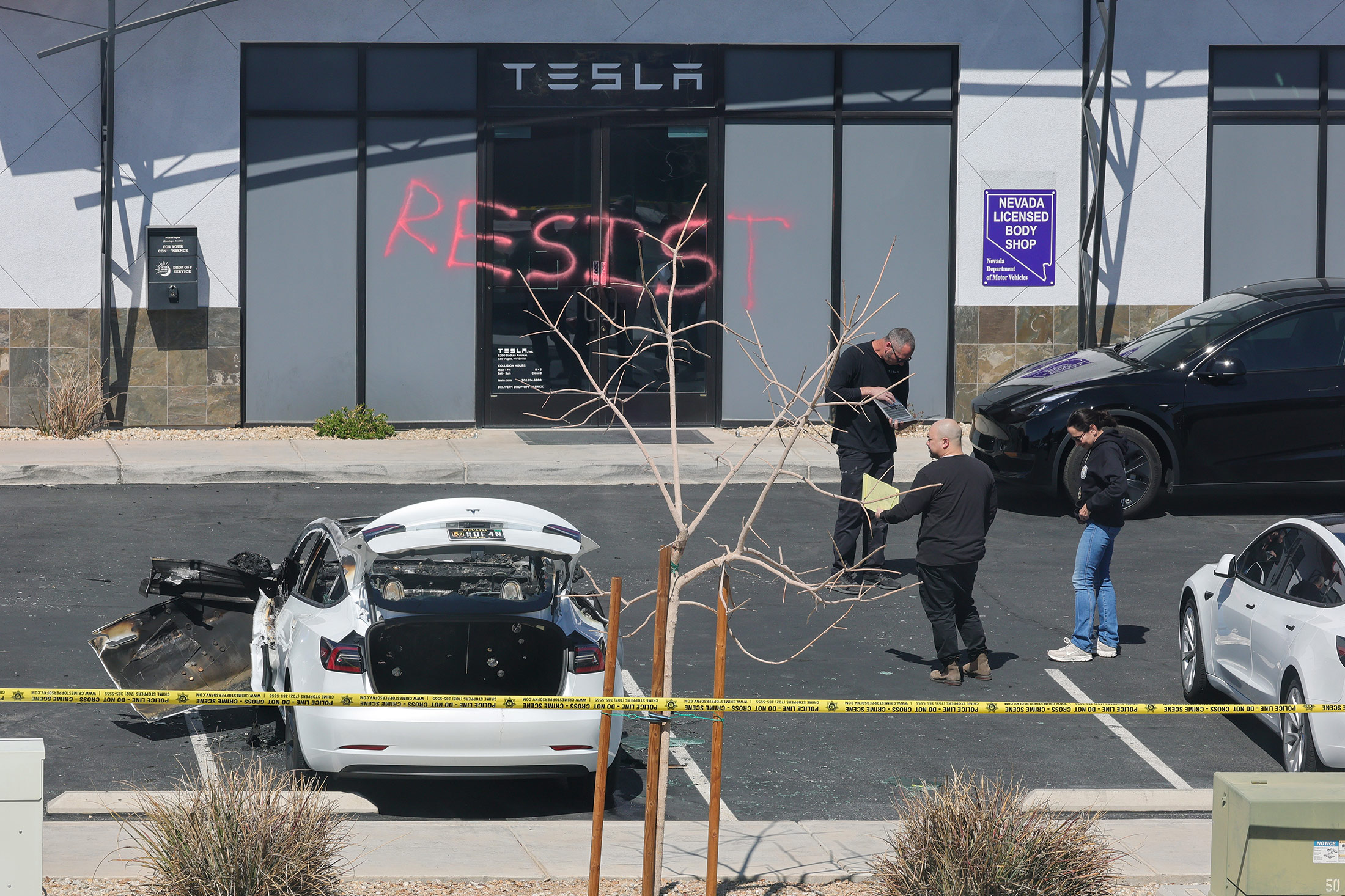Antilock brakes could help motorcycle riders avoid fatal crashes, according to a study by the insurance industry.
The Insurance Institute for Highway Safety said that the fatal crash rate involving motorcycles equipped with optional antilock brakes, or ABS, was 38 percent lower than the rate involving similar motorcycles without the systems.
Antilock brakes, like their counterparts on cars and trucks, help motorcycle riders stop their bikes abruptly without locking up the wheels or fishtailing. The system evaluates the brake pressure multiple times per second, allowing motorcycle riders to fully brake both wheels in an emergency situation and avoid hitting the pavement.
Antilocks are more typically found on touring bikes and have been available on a limited number of motorcycles since BMW AG introduced ABS on the K100 in 1988.
“Even though adding antilocks won’t make motorcycling as safe as going by car, it’s something manufacturers can do to reduce the risk of traveling on two wheels instead of four,” said Adrian Lund, president of the Insurance Institute for Highway Safety.
Rob Dingman, president and CEO of the American Motorcyclist Association, said the study shows the potential of antilock brakes, but it also underscores the need for a “long-overdue” federal study of the causes of motorcycle crashes.
“Our members would welcome an ABS option on more models, but there must be a broader strategy to reduce motorcycle accidents and fatalities that includes increased education and motorist awareness,” Dingman said.
Safety officials have been concerned about a steady rise in motorcycle deaths. More than 5,100 motorcyclists died in 2007, compared with 2,294 fatalities in 1998. The deaths have climbed as vehicle miles traveled have grown by more than 20 percent during the period and motorcycle registrations have surpassed 6 million, compared with 3.8 million in 1998.
In the report, researchers studied eight motorcycles that offer antilock brakes as an option. They found there were 6.6 fatal crashes per 10,000 registered motorcycles without antilocks in 2005-2006. The rate for the same bikes equipped with antilocks was 4.1, or 38 percent lower, during the same period.
In a second study, the IIHS found that antilock brakes appeared to reduce collision claims — insurance losses were 21 percent lower for motorcycles with antilock brakes compared with similar motorcycles without the equipment. The findings were based on a data set of 72,000 insured years of 2003-2007 model year Honda, Suzuki, Triumph and Yamaha bikes.
IIHS said antilocks were standard or optional equipment on about 40 motorcycles from the 2008 model year; top manufacturers include BMW, Harley-Davidson Inc., and Honda Motor Co.
ABS typically adds about $1,000 or more to the cost of a motorcycle.
Ty van Hooydonk, the Motorcycle Industry Council’s director of product communications, said ABS can be effective for some riders but it depends on factors such as road conditions, skill level and the type of riding involved.
“For a number of experienced enthusiasts out there, they’re able to stop with a non-ABS motorcycle quicker than they are with an ABS-equipped motorcycle,” van Hooydonk said. “It’s all very situational.”
Ray Zimmerman, executive director of the BMW Motorcycle Owners of America, said ABS could be very valuable when trying to bring a bike to a stop on slick and icy roads.
Zimmerman, of Ellisville, Mo., said he has been riding motorcycles for more than four decades and logged nearly 250,000 miles on BMW motorcycles. His ABS system has come in handy on two occasions, and he’s glad he had it.
“You keep a bike from swerving out of control one time, and it’s worth (it),” he said.
___
On the Net:
Insurance Institute for Highway Safety: http://www.iihs.org/
AP-CS-10-22-08 0101EDT
Was this article valuable?
Here are more articles you may enjoy.

 Deutsche Bank’s DWS Pays $27M in German Greenwashing Case
Deutsche Bank’s DWS Pays $27M in German Greenwashing Case  Tesla Showroom Strikes, Vandalism Sparked by Fury Against Musk
Tesla Showroom Strikes, Vandalism Sparked by Fury Against Musk  US Weather Service Merges Units as Staffing Pressure Rises
US Weather Service Merges Units as Staffing Pressure Rises  France Fines Apple $162M Over iOS Data Tracking Consent
France Fines Apple $162M Over iOS Data Tracking Consent 